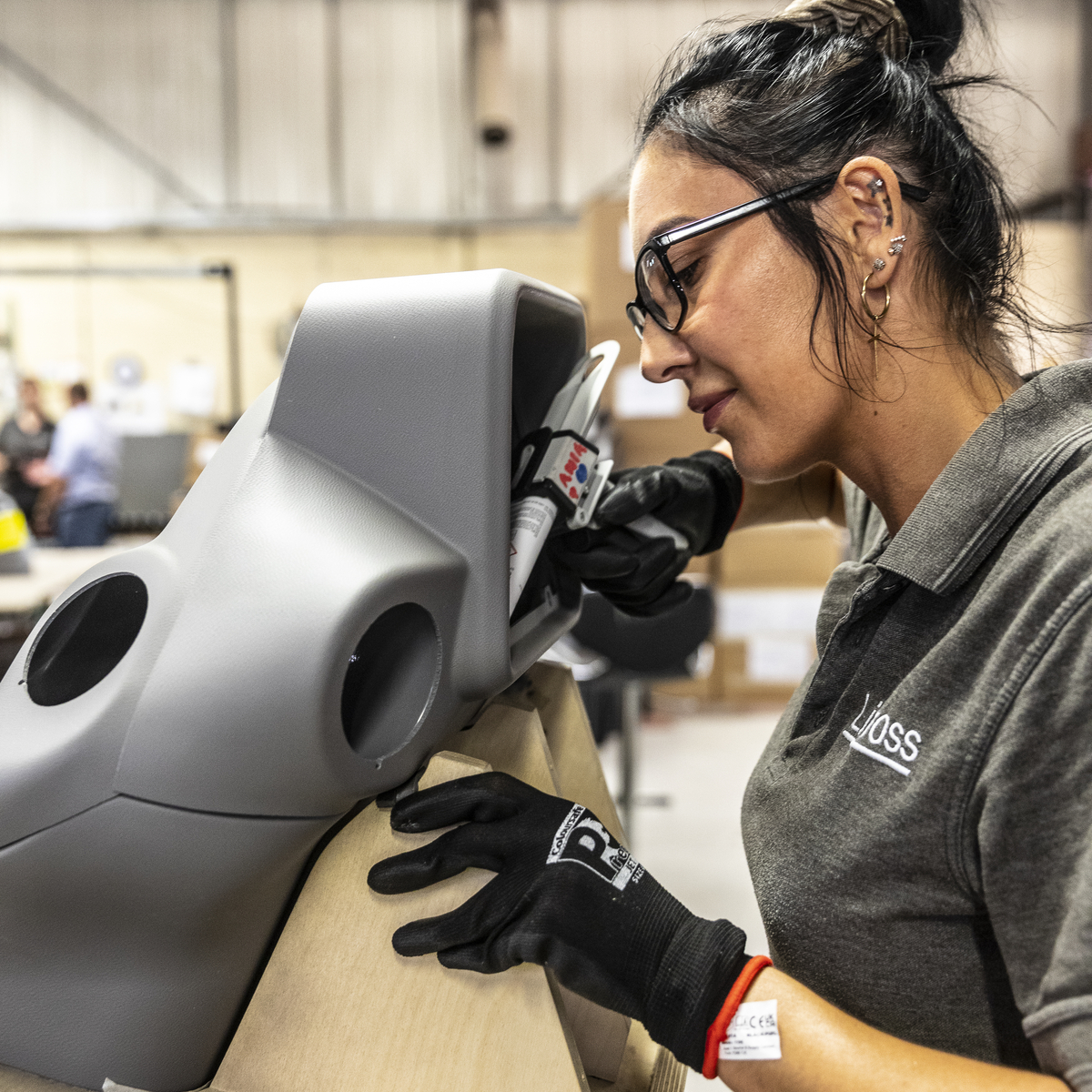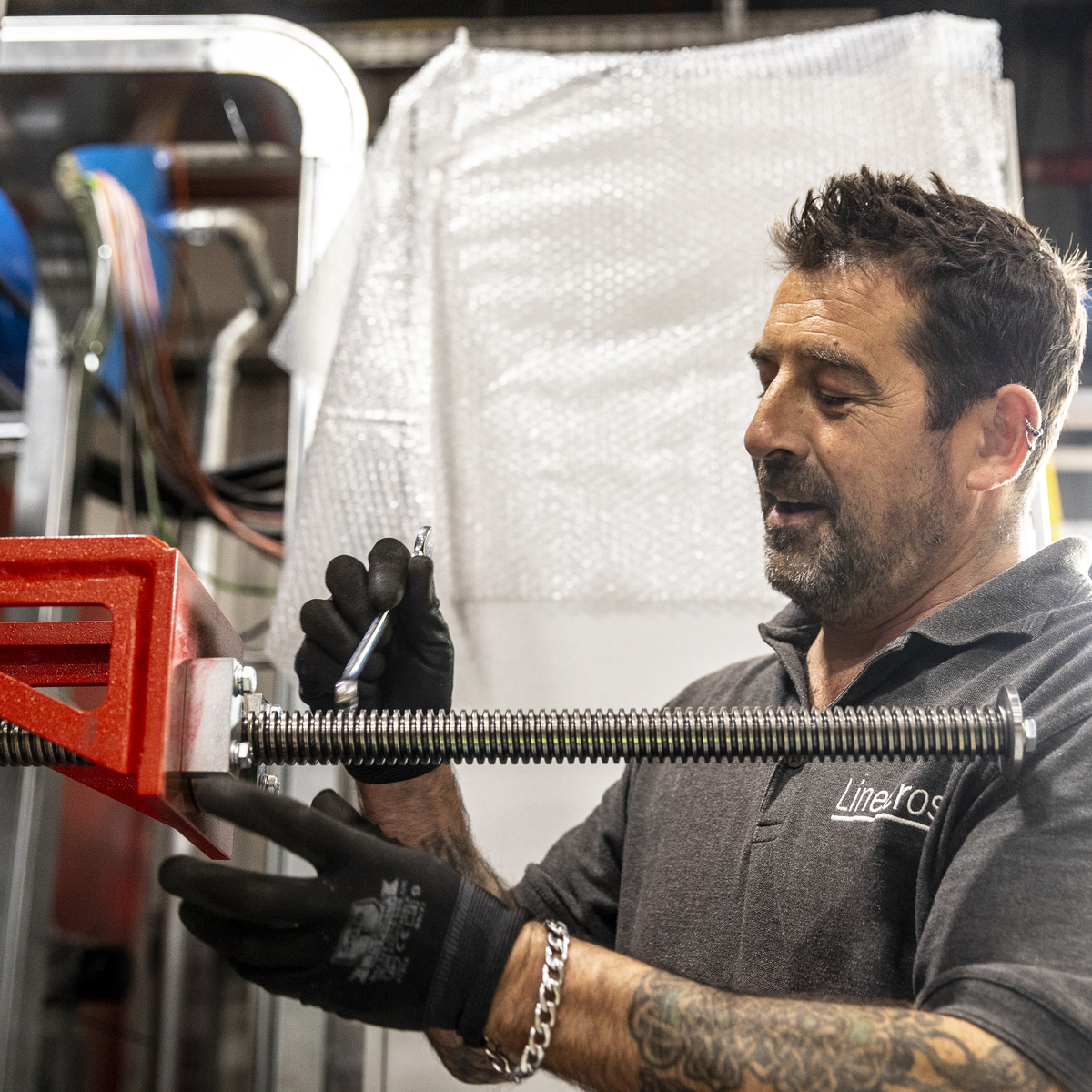CORE
We supply complex sub-assemblies and modules line side to our customers daily, from engine covers to roof modules, dashboards to door assemblies, caravan front panels to shower trays and bulkheads to bumper systems.
Our assembly teams at our Rutland and Cannock manufacturing sites undertake a range of complex techniques from structural adhesives to ultrasonic welding. We provide full in-house training and are always evolving to meet new customer demands with efficiency and sustainability as our priorities.
The assembly of plastic components involves joining individual parts together to create a complete product or sub-assembly. Plastic components are commonly used in various industries, and the assembly process can vary depending on the complexity of the product and the specific requirements.



Ultrasonic welding utilises high-frequency vibrations to create heat, which melts the plastic at the joint interface. Once the plastic cools and solidifies, a strong bond is formed between the two components.
Here is one of our KUKA robotic ultrasonic welding machines, which is used for complex door assembly. One of the advantages of this welding robot is it can reach difficult locations and can execute complicated tool paths and welds effectively.
The choice of assembly method depends on factors such as the type of plastic, the design of the components, the required strength of the assembly, and the production volume. Each method has its advantages and limitations, and manufacturers select the most appropriate one based on the specific application and project requirements.
At Linecross we provide a complete ‘concept to production’ service from customised product development to assembly and sequenced supply. Find out more about how our range of processes can support your business.
web design - Dsquared